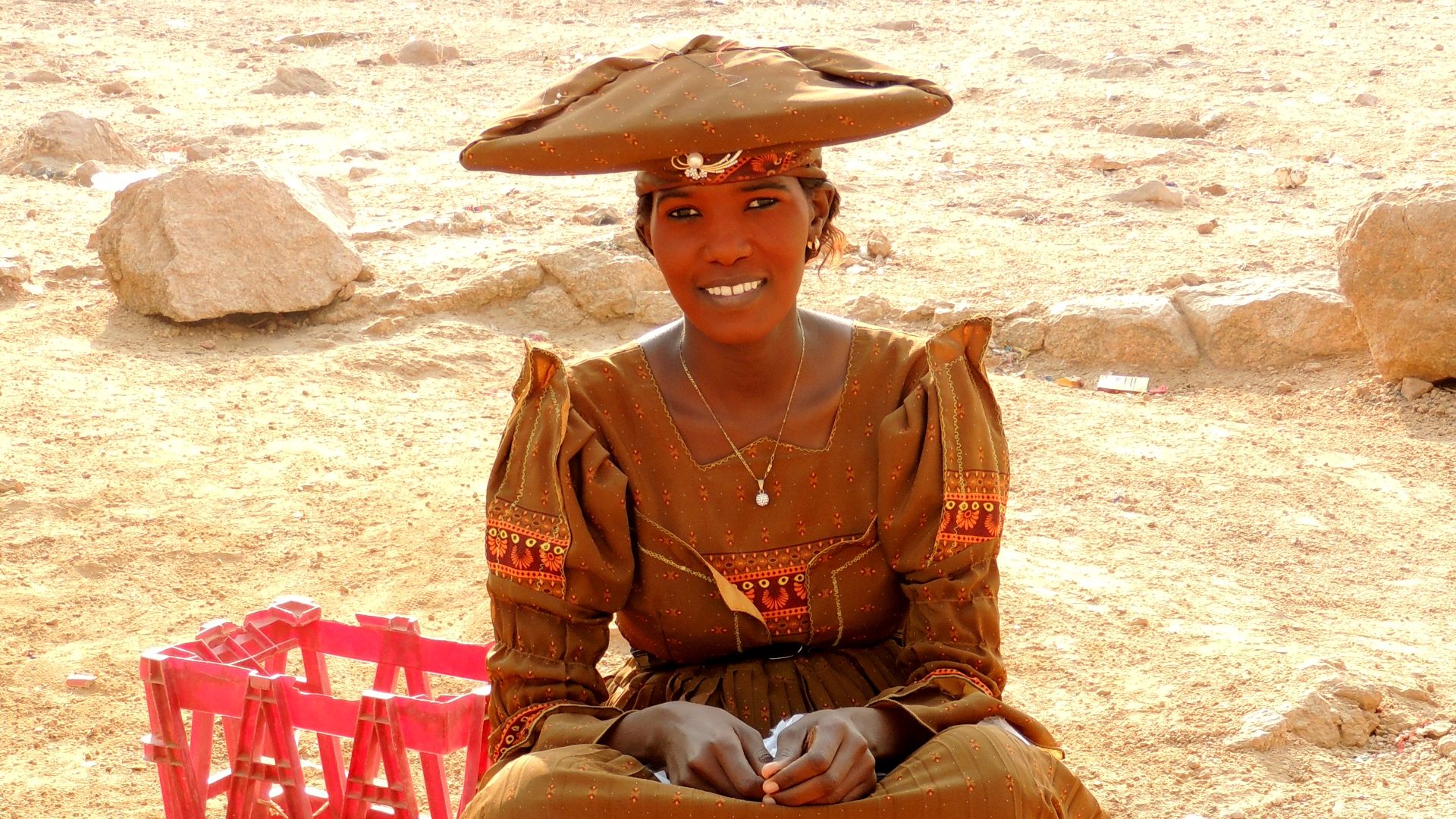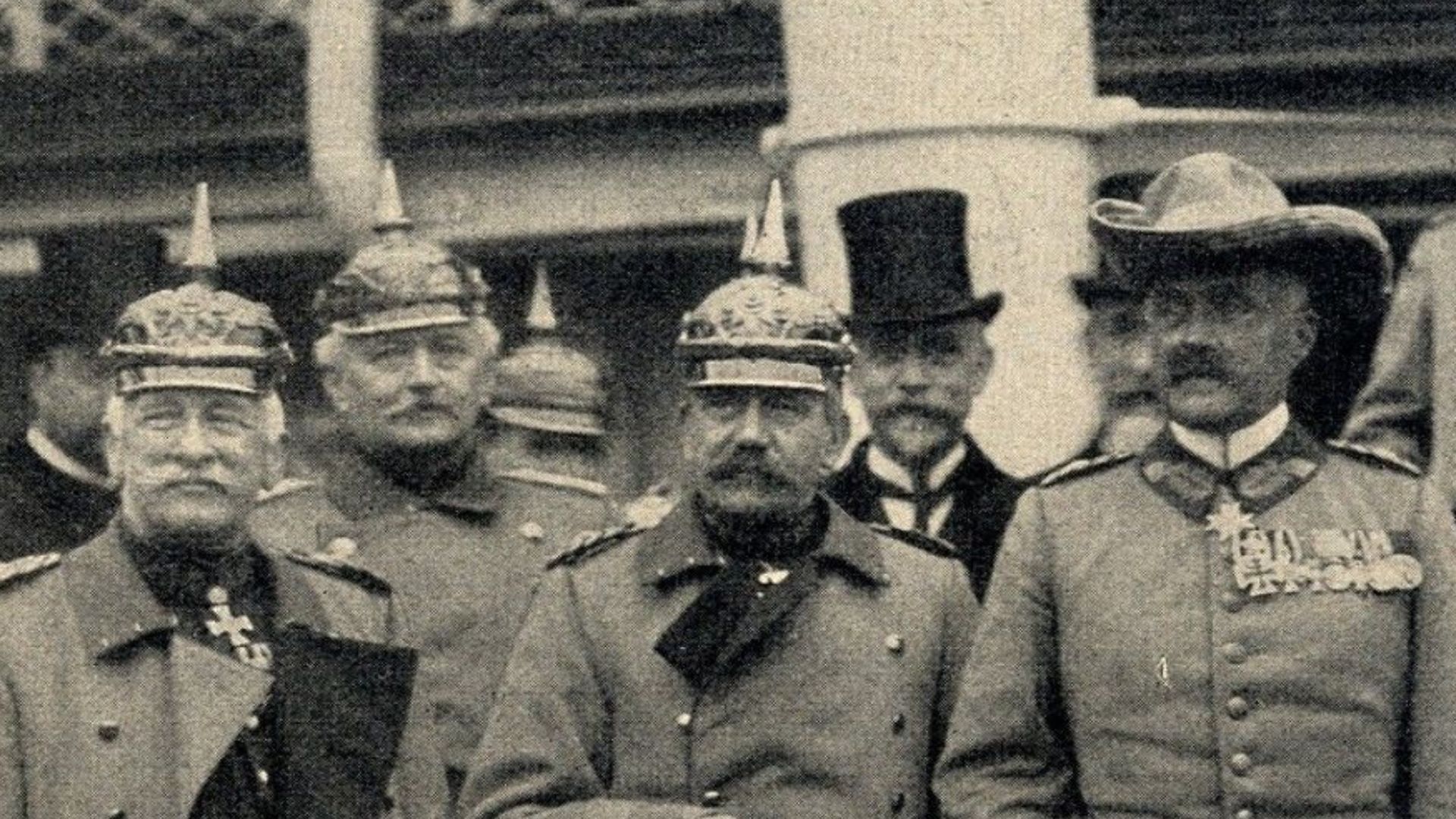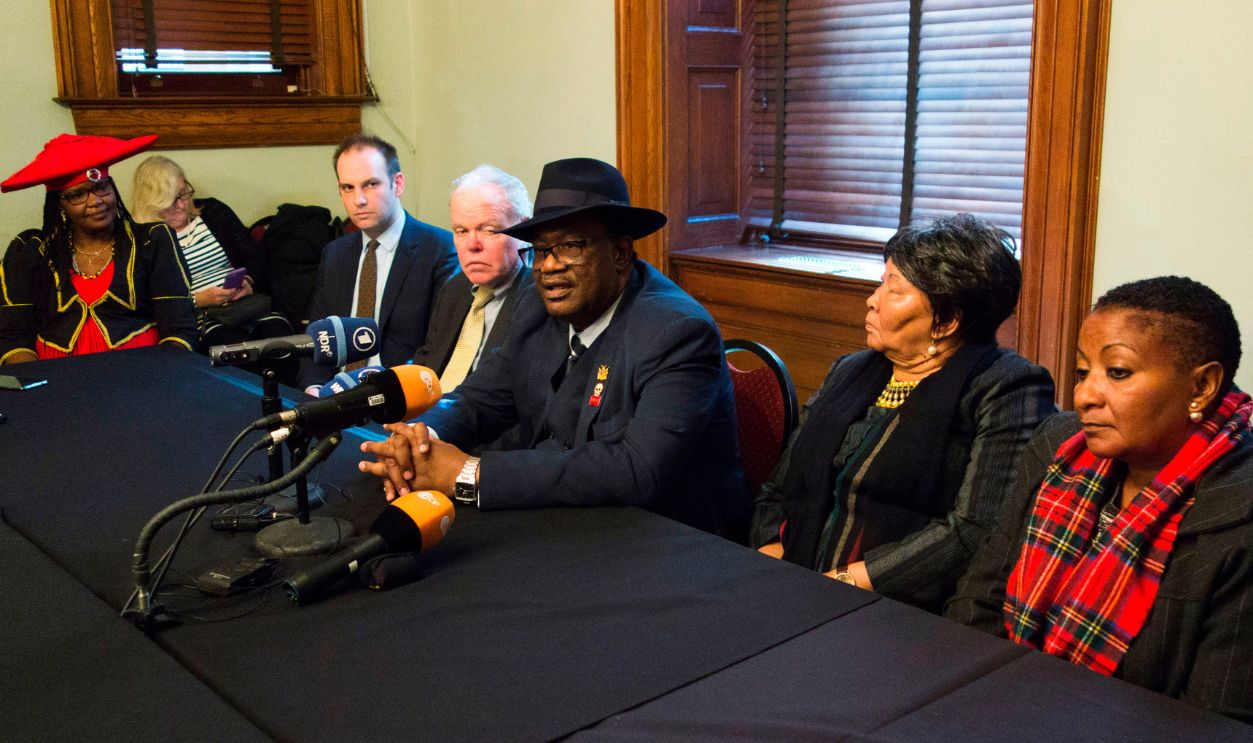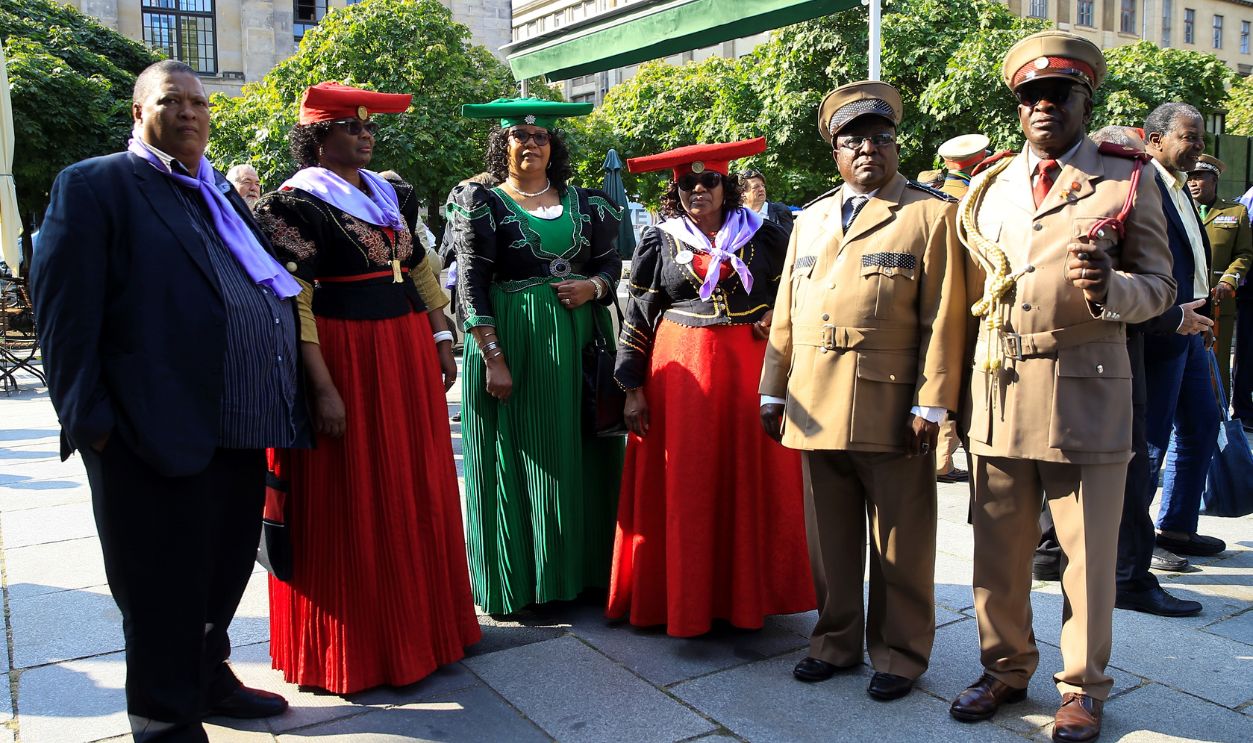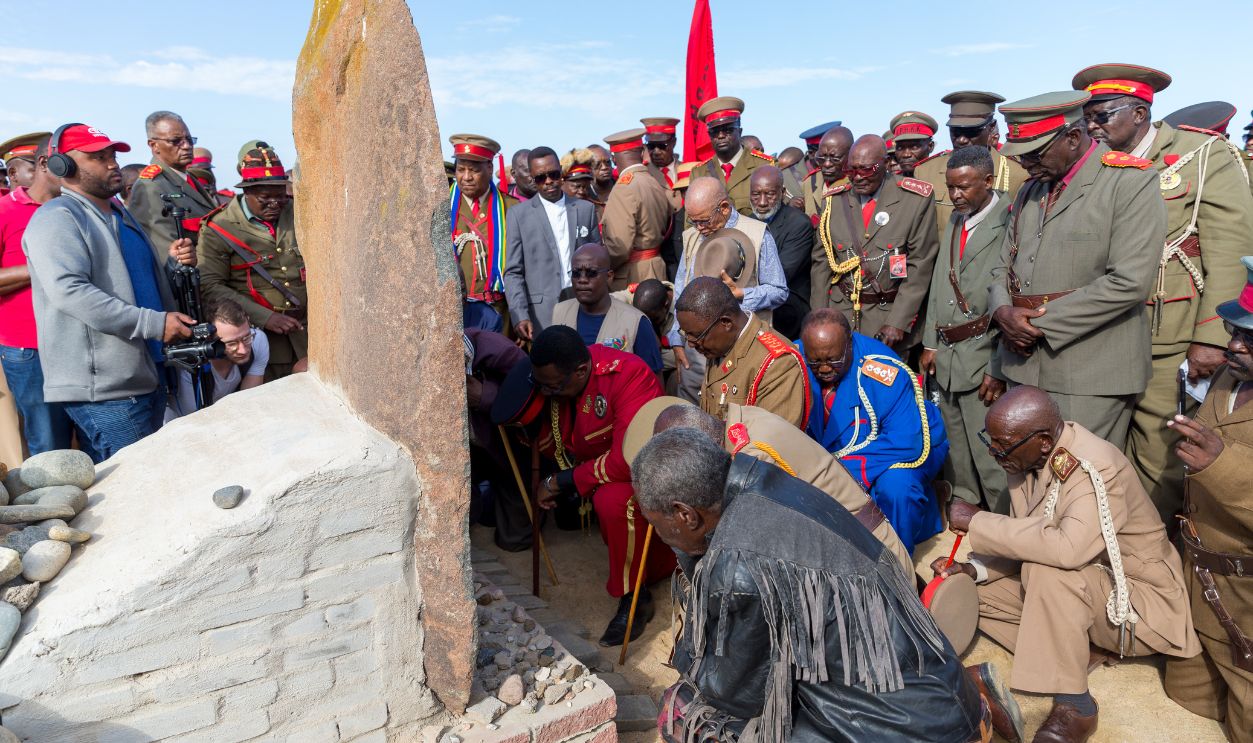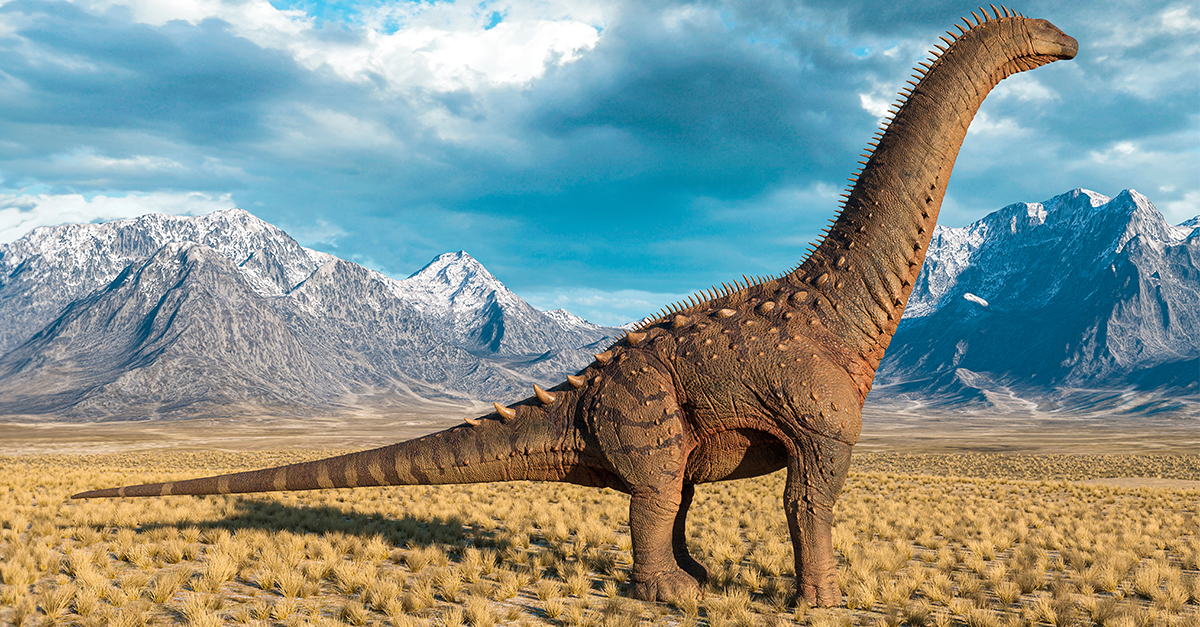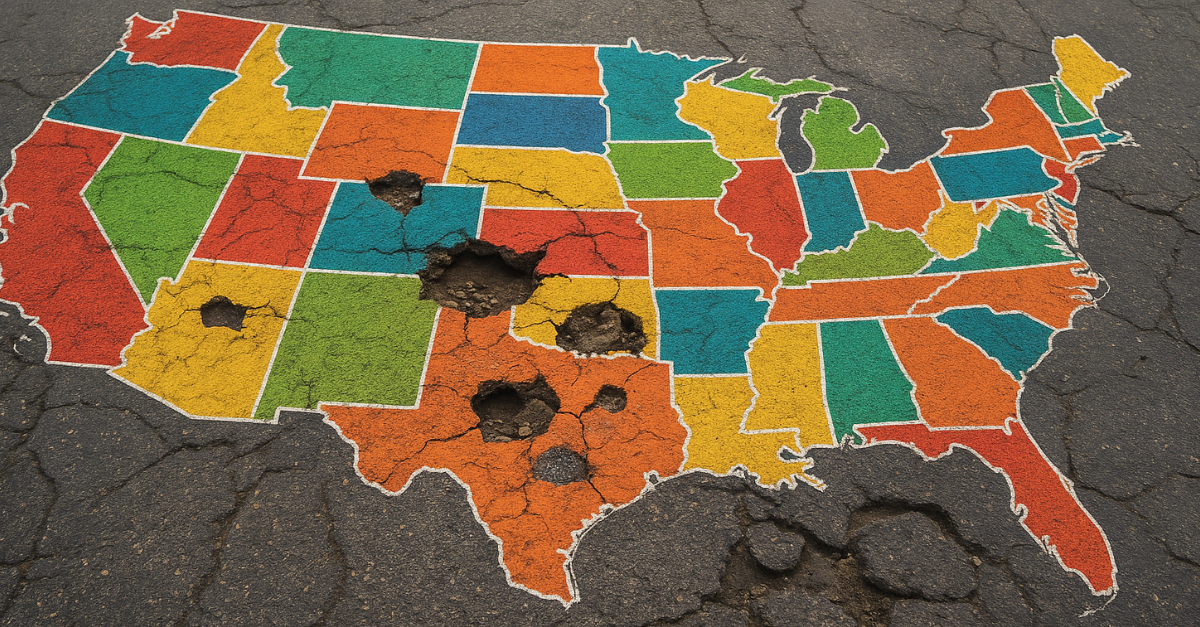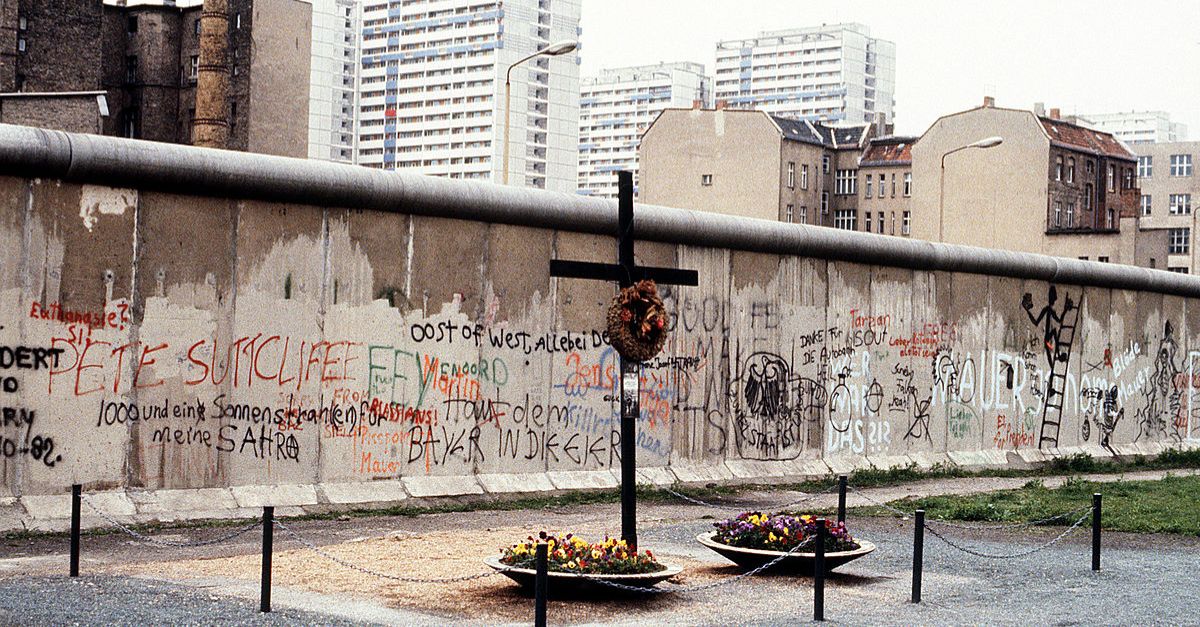A Colonial Crime Remembered
At the dawn of the 20th century, the Herero and Nama peoples of present-day Namibia faced a storm that would change their history forever. Living on their ancestral lands, they endured increasing pressure from German colonizers hungry for land and control. What began as resistance to foreign domination turned into one of the earliest genocides of the modern era — and it was utterly disturbing. 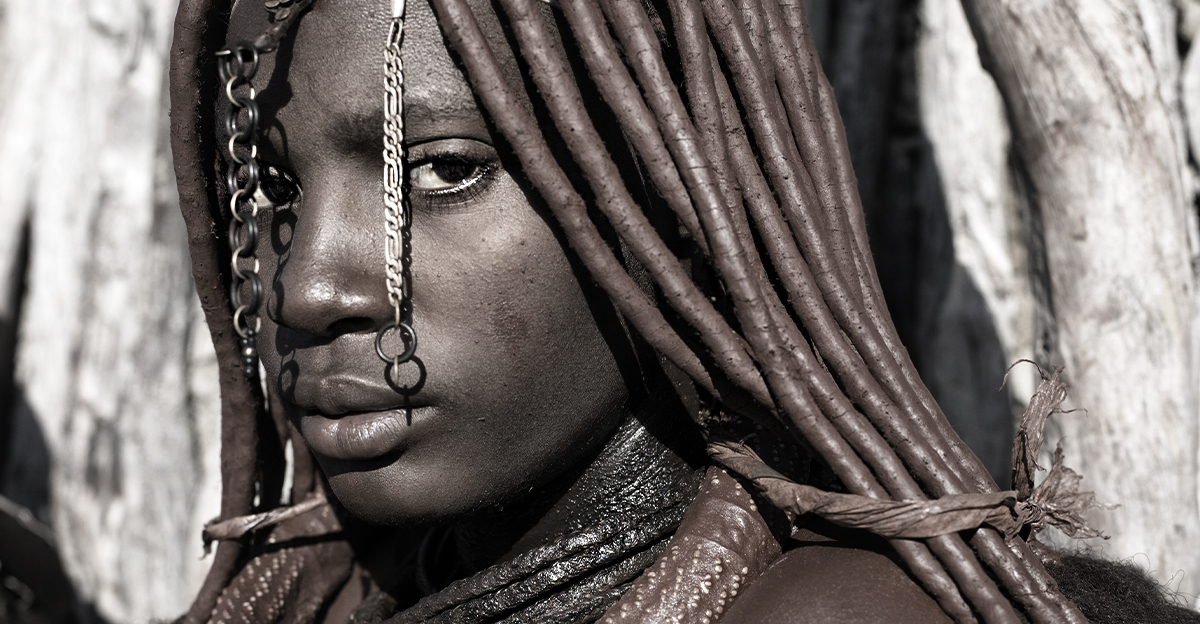
A Land Claimed by Force
In the 1880s, Germany declared present-day Namibia its colony, calling it German South West Africa. This foreign claim ignored the sovereignty of the Herero, Nama, and other Indigenous peoples. Over time, settlers seized farmland and cattle, stripping away the resources that had sustained local communities for generations. Tension grew as the colonizers expanded their grip.
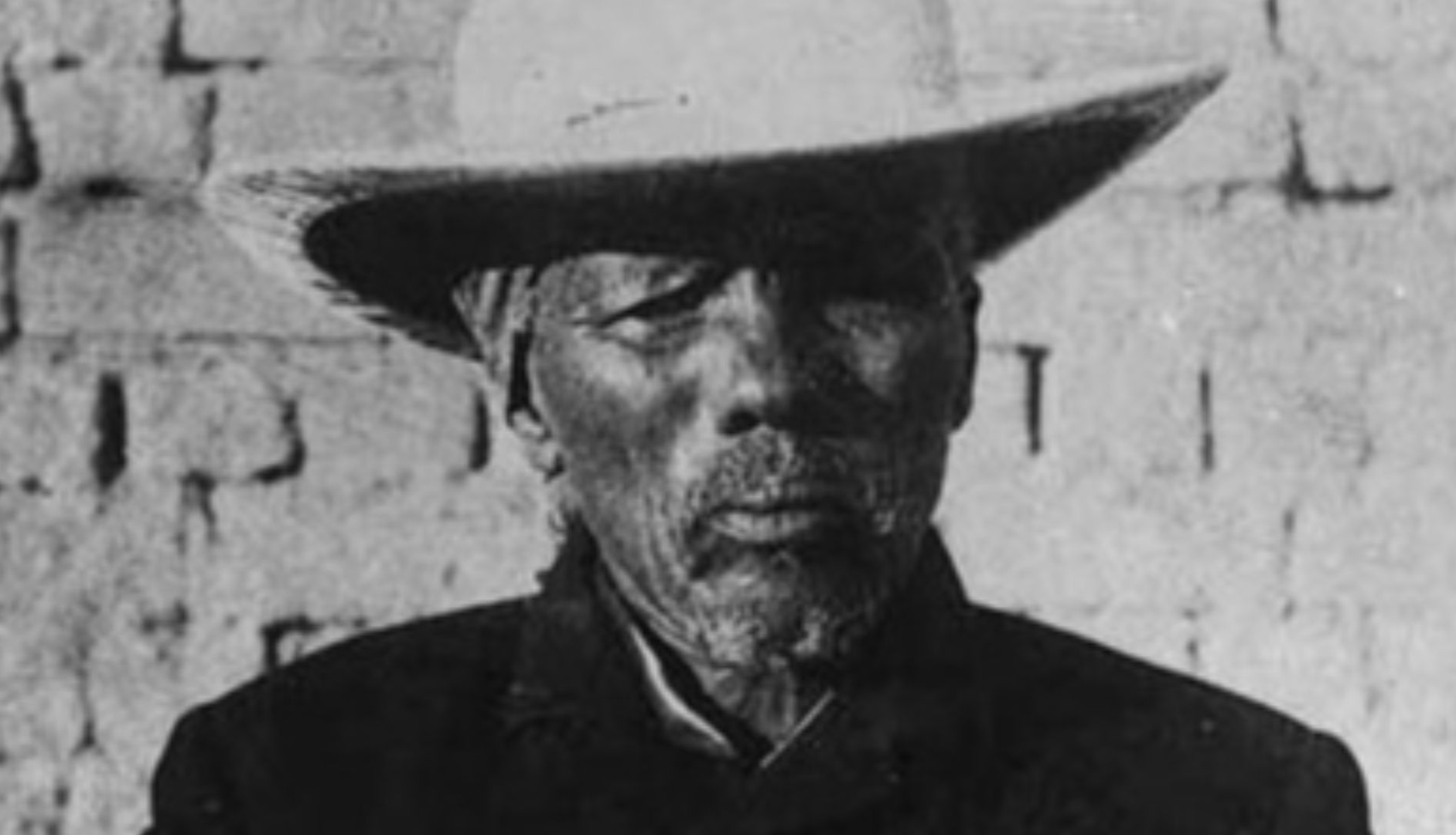 Unknown authorUnknown author, Wikimedia Commons
Unknown authorUnknown author, Wikimedia Commons
Cracks in the Peace
By the early 1900s, resentment simmered. The Herero and Nama saw their lands taken and their authority undermined. German officials imposed harsh policies that marginalized Indigenous leaders. For the Herero and Nama, whose identities were deeply tied to their land and cattle, the slow erosion of their way of life became unbearable. It was time to take a stand.
 Unknown authorUnknown author, Wikimedia Commons
Unknown authorUnknown author, Wikimedia Commons
The Spark of Rebellion
In January 1904, the Herero people, led by Chief Samuel Maharero, rose in revolt. The uprising was not sudden violence but a desperate cry for survival. Maharero urged his people to fight only German settlers and soldiers, sparing missionaries, women, and children. This showed the Herero’s intention to resist oppression without losing their humanity.
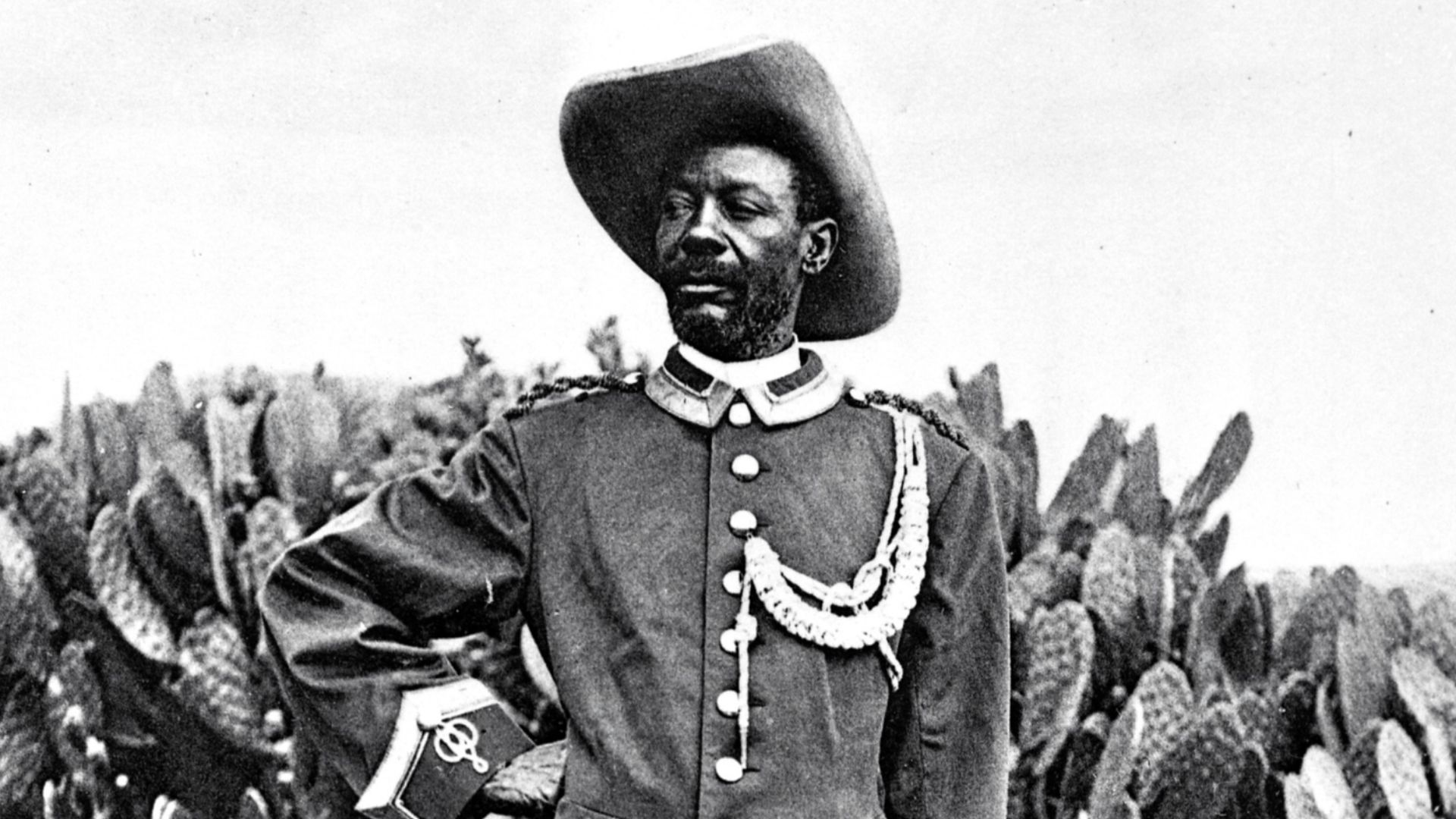 Unknown photographer, Wikimedia Commons
Unknown photographer, Wikimedia Commons
Germany Strikes Back
Berlin sent reinforcements under General Lothar von Trotha. Known for his brutal methods, von Trotha saw Indigenous resistance not as negotiation but as something to be crushed. His arrival marked the beginning of a devastating military campaign that would soon escalate into one of history’s darkest chapters.
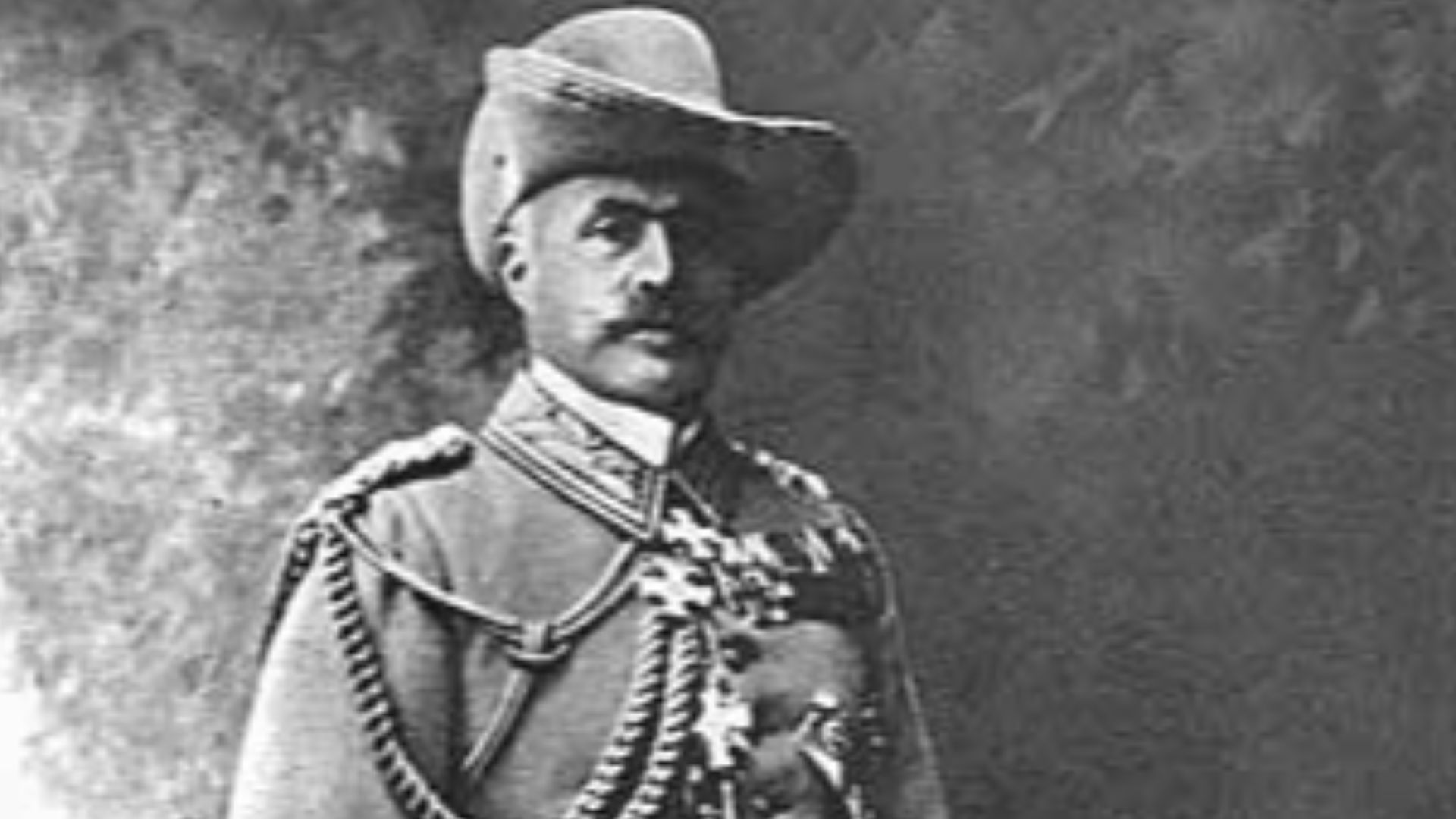 ArtMechanic, Wikimedia Commons
ArtMechanic, Wikimedia Commons
The Battle of Waterberg
In August 1904, German forces surrounded Herero fighters and their families at the Battle of Waterberg. Outnumbered and outgunned, the Herero attempted to break through the lines, fleeing eastward into the Omaheke Desert. For many, this desperate escape marked the beginning of unimaginable suffering.
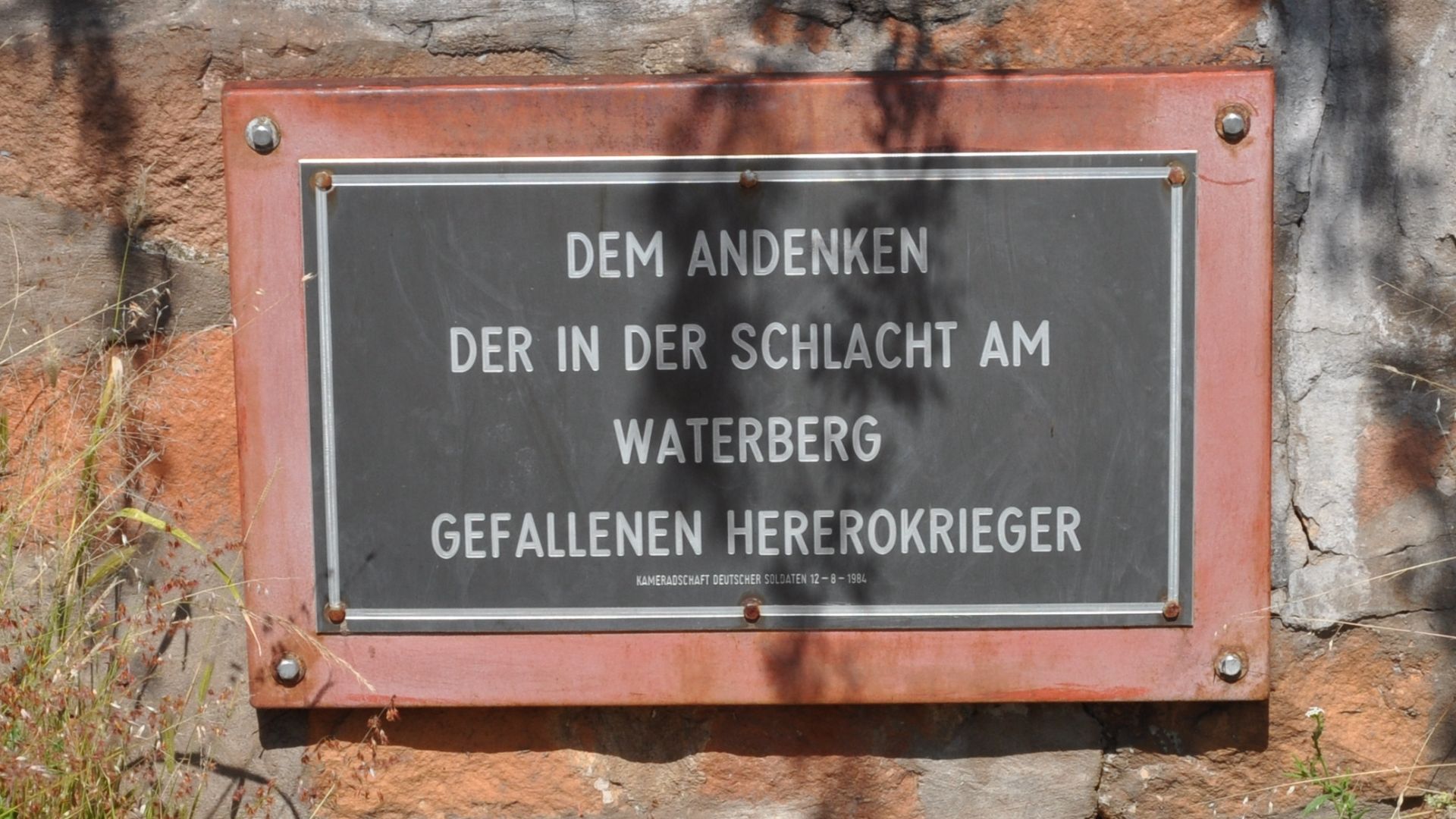 Jens Kühnel, Wikimedia Commons
Jens Kühnel, Wikimedia Commons
A Death Sentence in the Desert
Von Trotha issued his infamous “extermination order,” declaring: “The Herero are no longer German subjects. They must leave the land. If they do not, I will force them out with the Groot Rohr [cannon]. Within the German border, every Herero, with or without a rifle, with or without cattle, will be shot.” It was a death sentence.
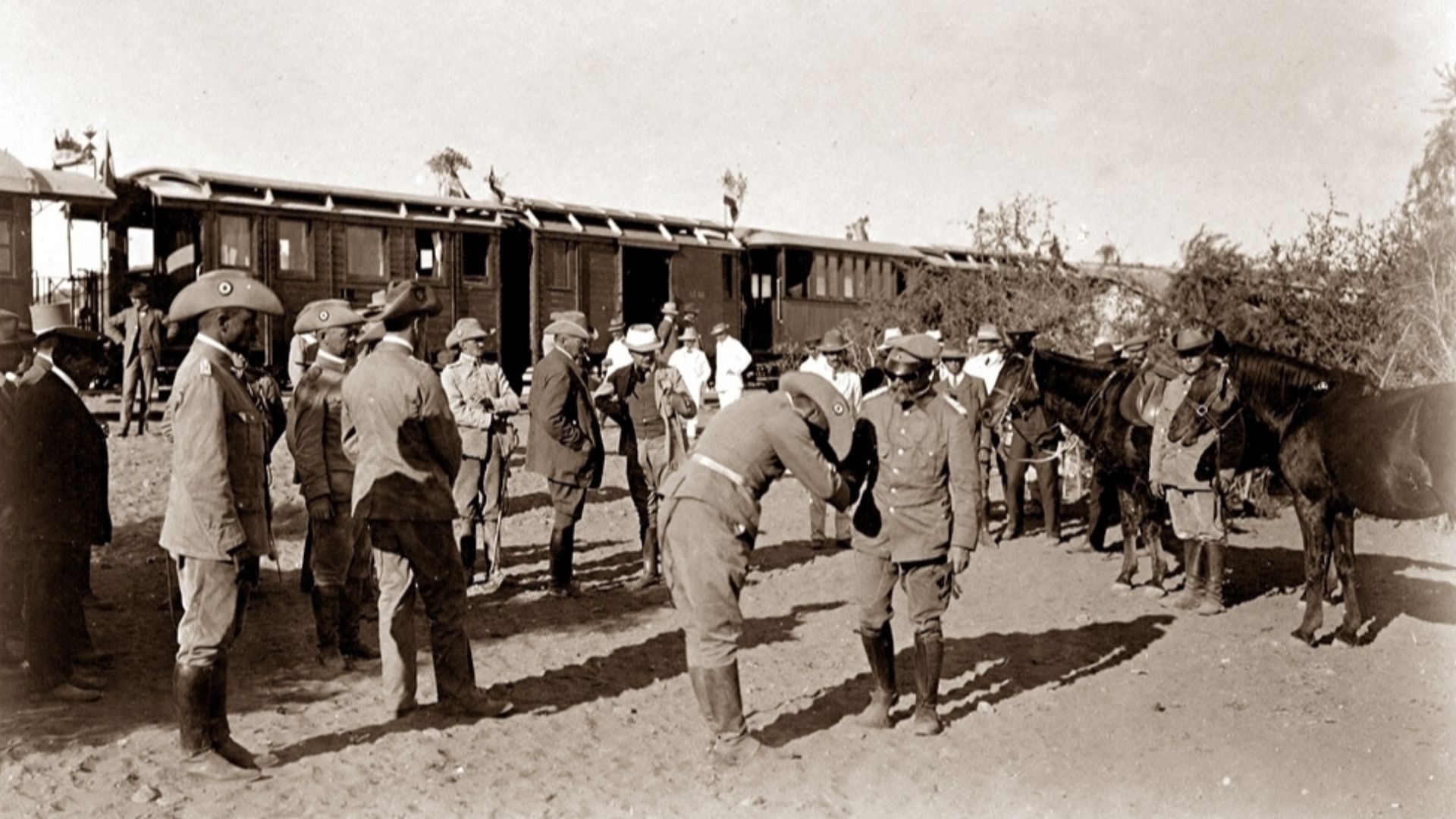 photo soldier album, Wikimedia Commons
photo soldier album, Wikimedia Commons
Trapped by Thirst and Hunger
Driven into the Omaheke Desert, thousands of Herero men, women, and children found themselves cut off from waterholes deliberately guarded or poisoned by German soldiers. Under the burning sun, families perished from thirst, starvation, and exhaustion. Survivors described the sand littered with bones — an open graveyard.
 Unknown authorUnknown author, Wikimedia Commons
Unknown authorUnknown author, Wikimedia Commons
The Nama Resistance
The Nama people, led by Chief Hendrik Witbooi and later others, also resisted German rule. In October 1904, they launched their own revolt against colonial violence. But they too faced the German war machine and von Trotha’s policies, which targeted entire communities, not just fighters. Survivors of the attacks were doomed to an even crueler fate.
 UnknownUnknown ; Rechteinhaber: Regierung von DSWA, Wikimedia Commons
UnknownUnknown ; Rechteinhaber: Regierung von DSWA, Wikimedia Commons
Camps of Horror
Those who survived the desert were captured and sent to concentration camps — among the first of their kind in the 20th century. At places like Shark Island, prisoners endured forced labor, disease, and starvation. Mortality rates soared, with many camps seeing half of their captives die.
 Unknown authorUnknown author, Wikimedia Commons
Unknown authorUnknown author, Wikimedia Commons
Shark Island’s Infamy
Shark Island, near Lüderitz, became infamous for its cruelty. Prisoners were worked to death, beaten, or killed outright. Survivors called it “the island of death.” Later historians would describe it as a precursor to the concentration camps used by Nazi Germany decades later.
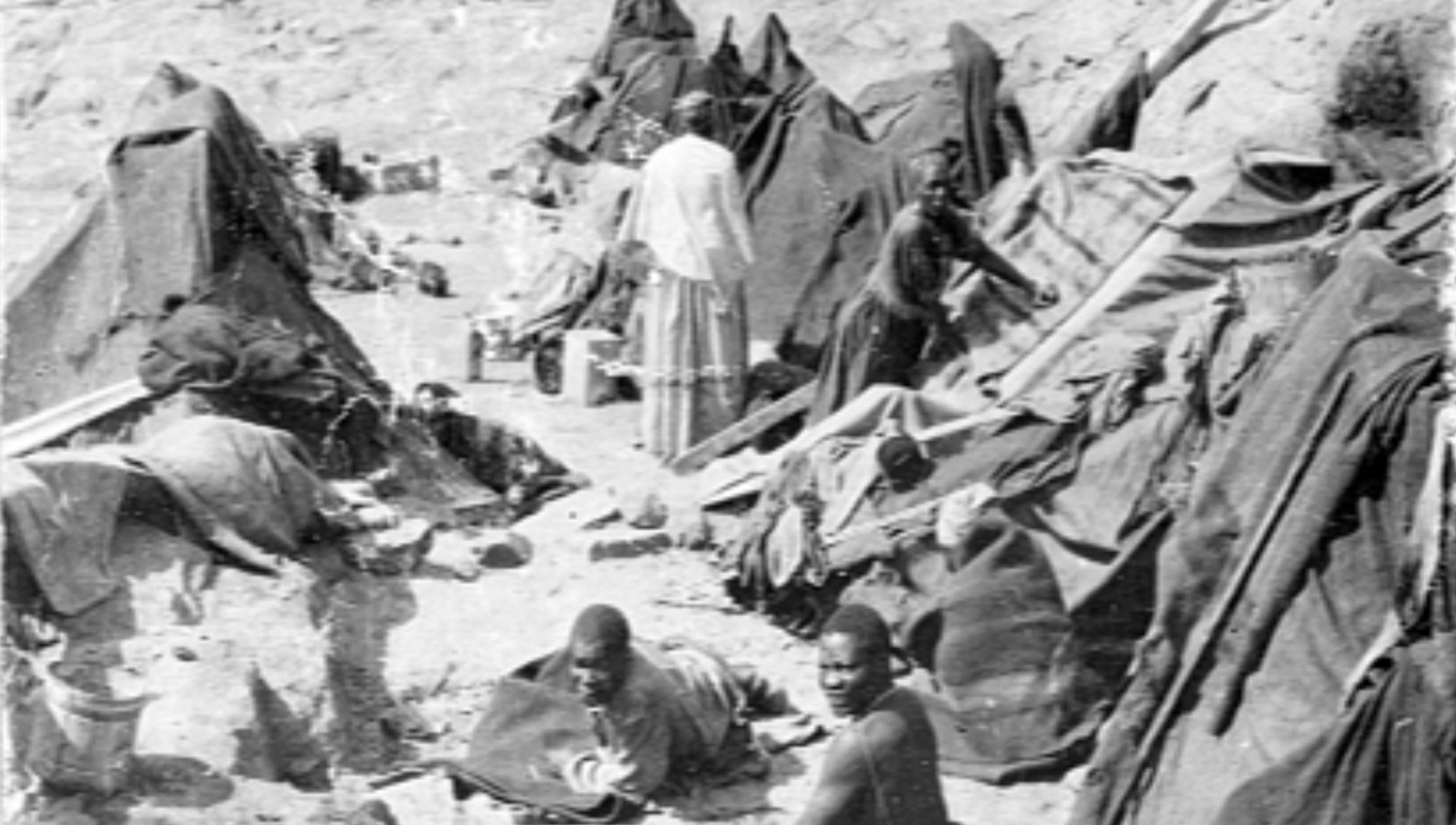 unknown (photos taken circa 1903), Wikimedia Commons
unknown (photos taken circa 1903), Wikimedia Commons
A Culture Targeted
Beyond physical destruction, the genocide sought to erase Herero and Nama culture. Families were torn apart, leaders executed, and traditions disrupted. Even skulls and body parts of victims were shipped to Germany for so-called “scientific” studies, reflecting the racist ideologies driving the violence.
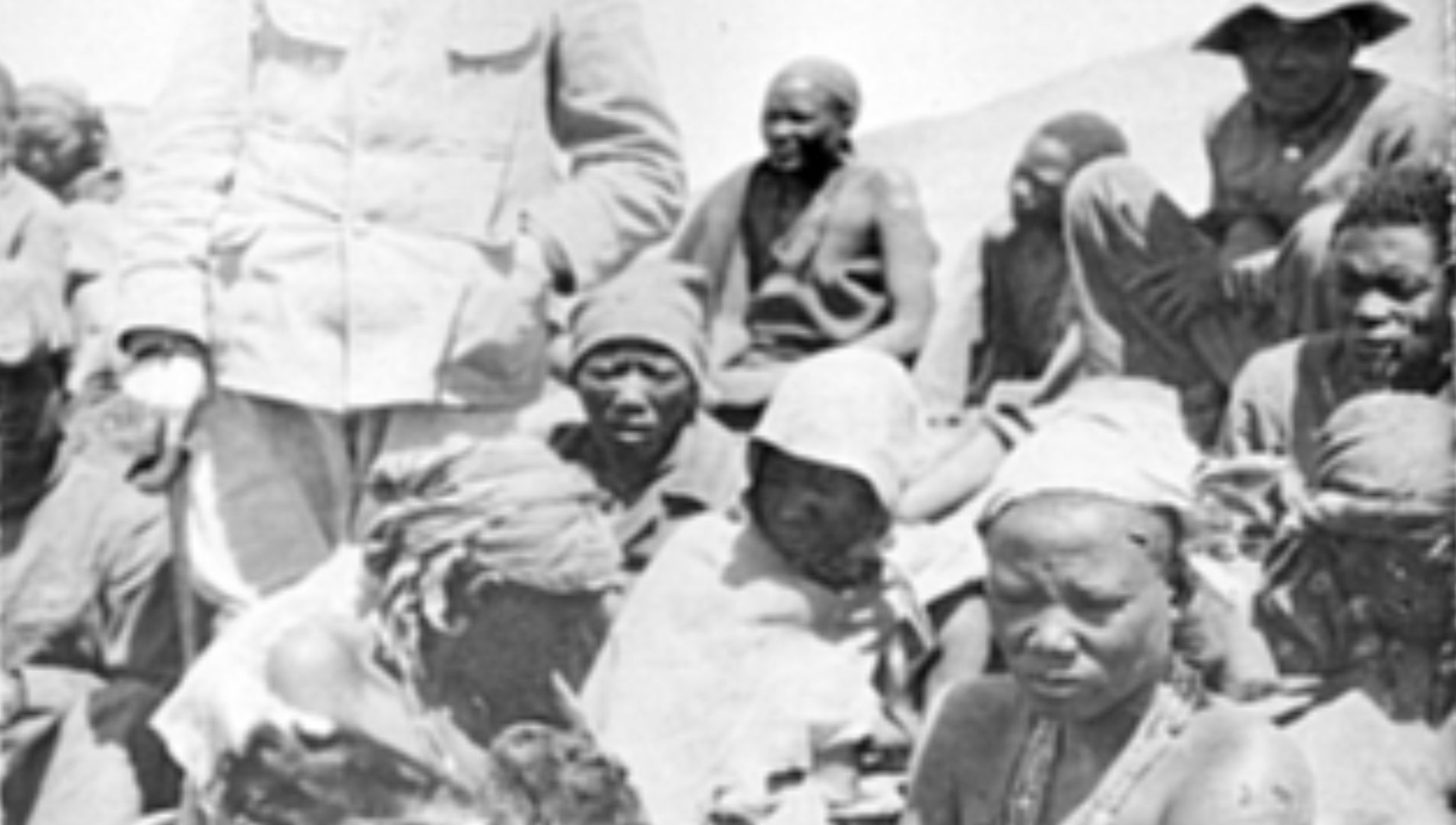 Unknown authorUnknown author, Wikimedia Commons
Unknown authorUnknown author, Wikimedia Commons
Population Collapse
Before the genocide, the Herero population was estimated at around 80,000. By 1908, only about 15,000 remained. The Nama population was reduced by half. Generations were wiped out, leaving scars that remain in Namibian society to this day.
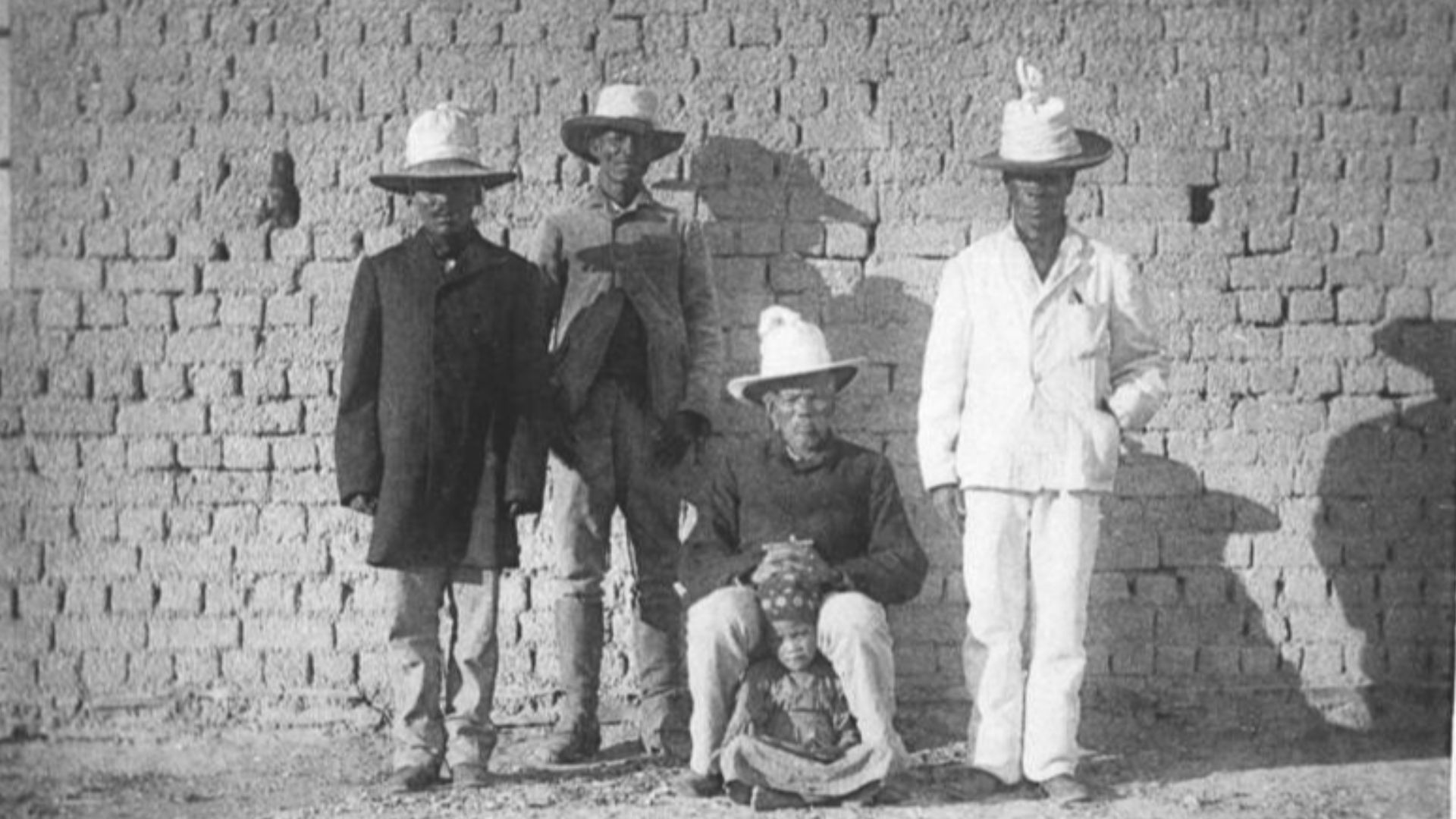 UnknownUnknown , Wikimedia Commons
UnknownUnknown , Wikimedia Commons
International Outrage
Even at the time, German policies shocked the world. Missionaries and journalists reported the horrors, and members of the German parliament criticized von Trotha’s brutality. But in Southwest Africa, the suffering continued, largely unchecked.
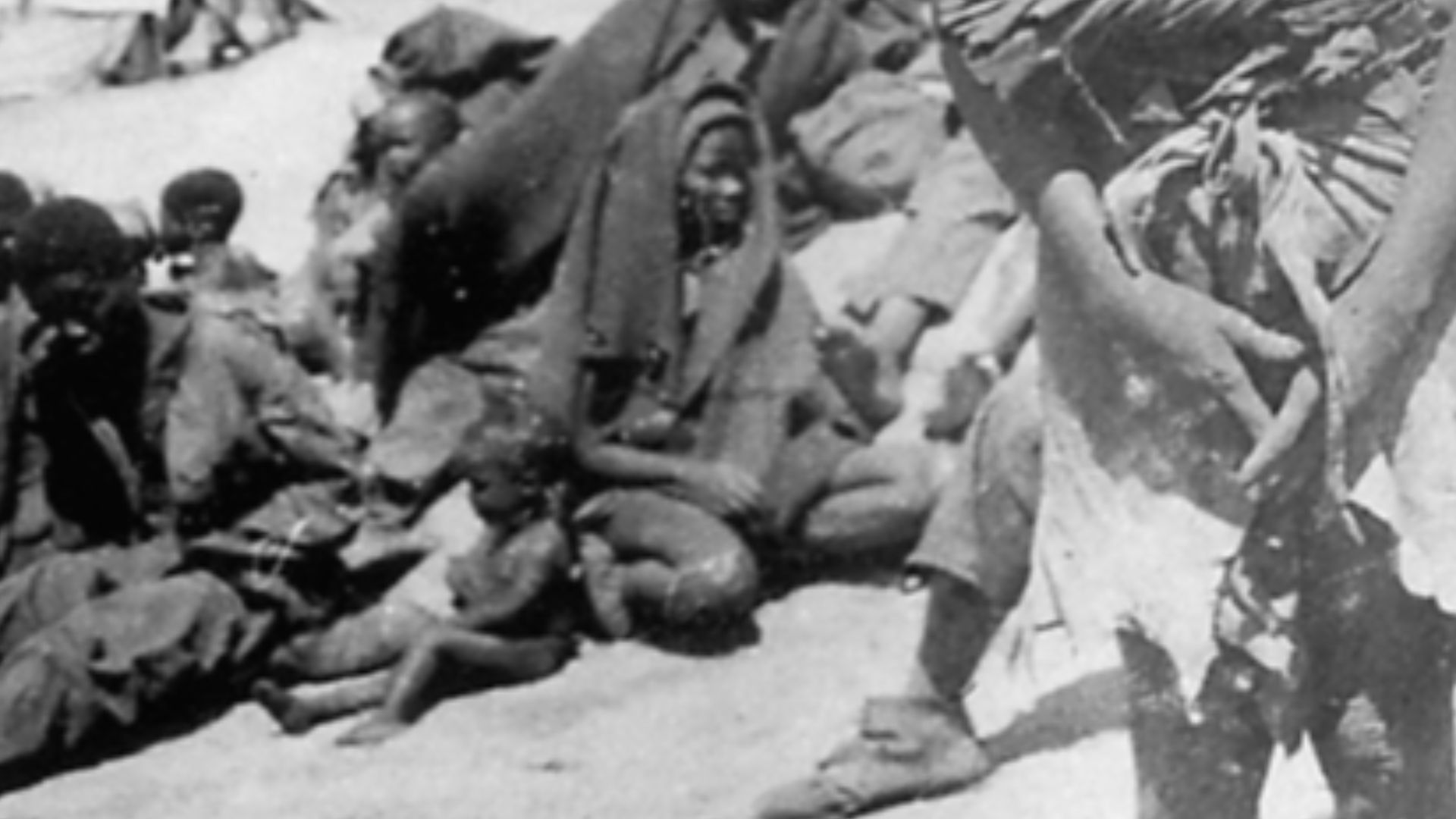 Unknown authorUnknown author, Wikimedia Commons
Unknown authorUnknown author, Wikimedia Commons
Resistance in Memory
Though defeated militarily, the Herero and Nama peoples preserved their story. Oral traditions, songs, and community memory carried the weight of survival. Even as Germany tightened its grip on the colony, the spirit of resistance endured through remembrance.
Aftermath of the Genocide
By 1908, Germany declared the war officially over. Survivors faced lives in forced labor and displacement. The genocide left deep wounds — not just in population numbers but in cultural, spiritual, and emotional life. For the Herero and Nama, nothing would ever be the same.
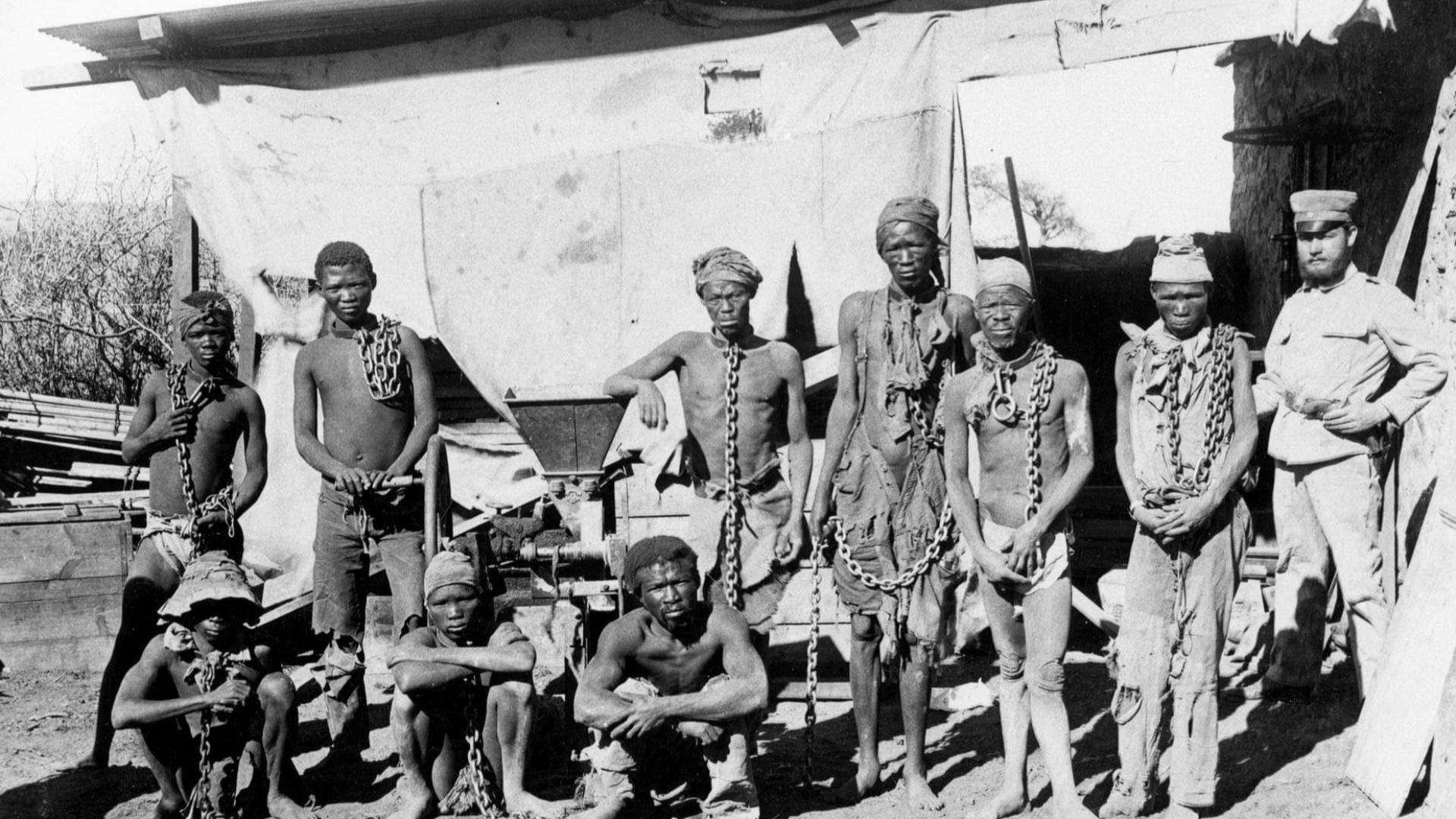 Unknown authorUnknown author, Wikimedia Commons
Unknown authorUnknown author, Wikimedia Commons
Shadows Over the Future
The genocide in German South West Africa has been recognized by many historians as the first genocide of the 20th century. It foreshadowed atrocities to come, with methods of extermination, concentration camps, and racial ideology later echoed in Nazi Germany.
Voices of the Survivors
Herero and Nama descendants have long demanded justice. Survivors told stories of thirst, hunger, and brutality, stories passed down as warnings and memorials. Their voices ensured that even if the world tried to forget, the memory of what happened would remain alive.
Seeking Justice
For decades, Germany avoided responsibility. But in recent years, pressure has grown for formal acknowledgment and reparations. In 2021, Germany officially recognized the killings as genocide, offering development aid, though many Herero and Nama leaders felt it was not enough.
A Painful Legacy
The genocide left Namibia with intergenerational trauma and social inequality. Much of the land seized during colonization remains in the hands of descendants of German settlers. For the Herero and Nama, the struggle is not just about memory but about land, justice, and dignity.
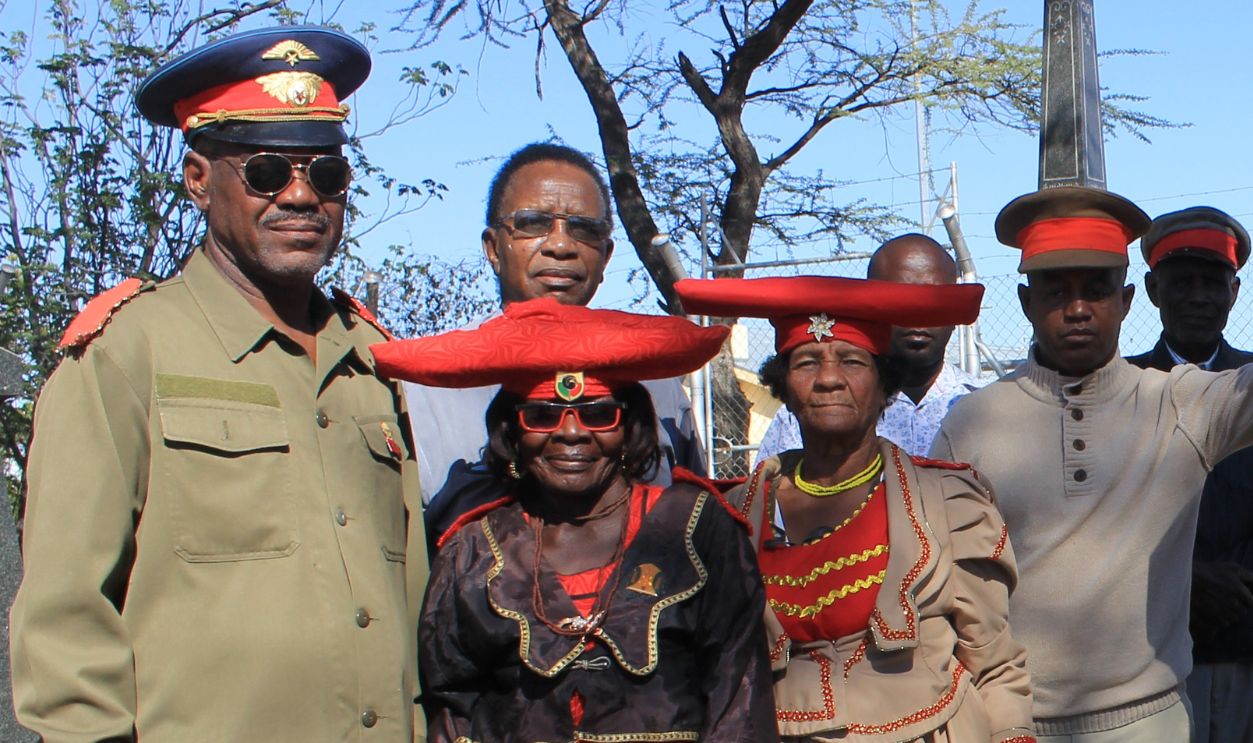 picture alliance, Getty Images
picture alliance, Getty Images
Remembering Today
Commemorations take place each year, with Herero and Nama communities gathering to honor ancestors and keep history alive. These events are acts of resistance, ensuring that the world recognizes what happened and learns from it.
Lessons for the World
The Herero and Nama genocide reminds us that colonialism was not just about borders but about lives shattered. It calls attention to the dangers of racism, unchecked power, and dehumanization — lessons still relevant today.
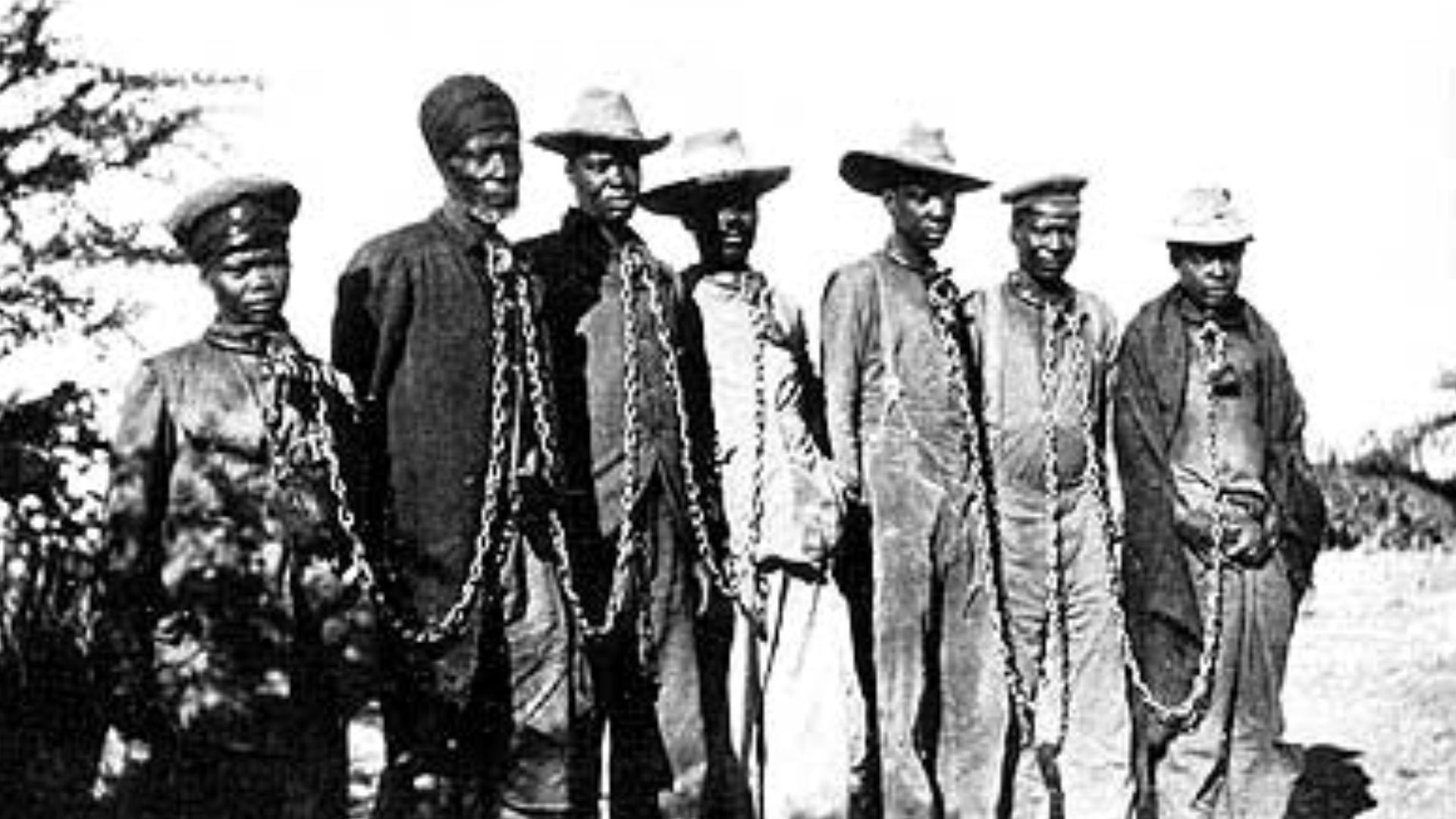 Unknown authorUnknown author, Wikimedia Commons
Unknown authorUnknown author, Wikimedia Commons
Toward Healing
While justice remains incomplete, recognition has begun. The resilience of the Herero and Nama peoples, their ability to hold memory and demand accountability, shows a path forward: remembrance as resistance, and survival as defiance.
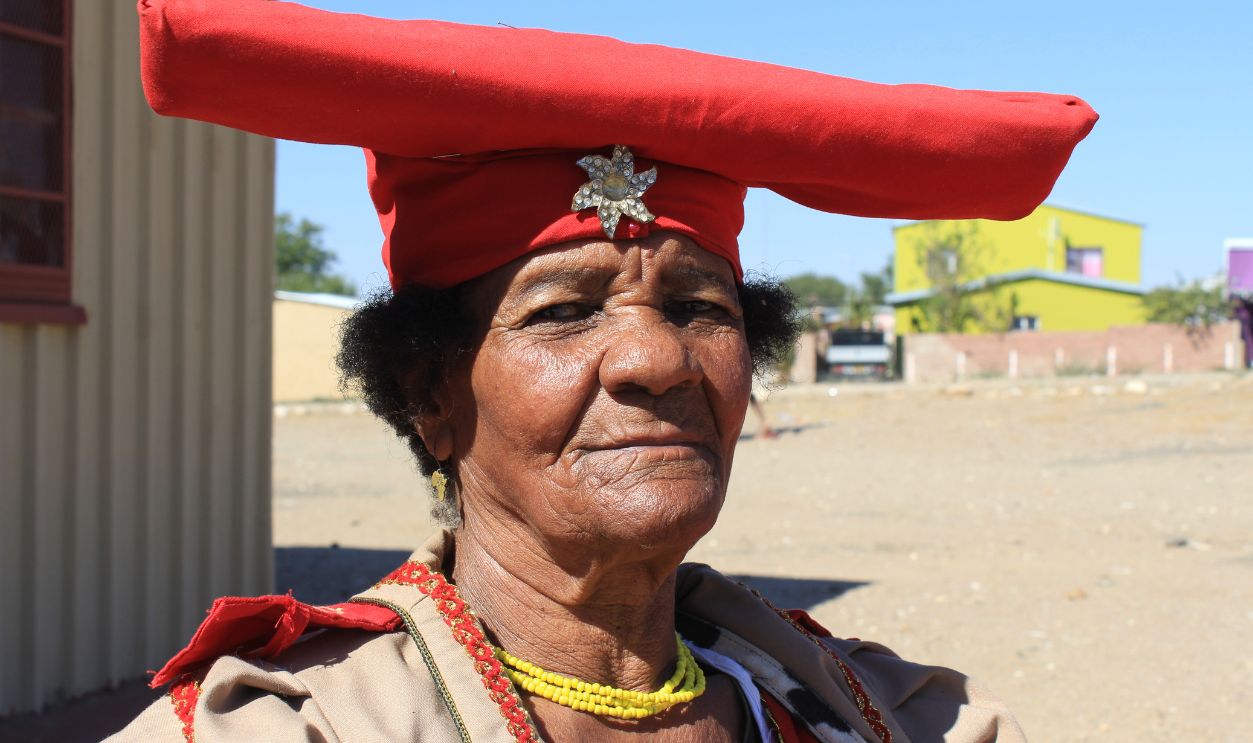 picture alliance, Getty Images
picture alliance, Getty Images
Never Forgotten
Today, the Herero and Nama genocide is studied as one of the first genocides of the 20th century. But for the communities who lived it, it is not history alone. It is memory, pain, and survival — a story the world must never forget.
 Unknown authorUnknown author, Wikimedia Commons
Unknown authorUnknown author, Wikimedia Commons
You May Also Like:
Photos Of The River Tribe That Hides Deep In Colombia’s Jungle
Photos Of The Hidden Treehouse Tribe That Still Practices Cannibalism
New Evidence Of Uncontacted Jungle Tribe Emerges In Bolivia
Source: 1


